Your Guide to Perfect Hair Care Formulation

Author: Tommy Tang | Founder at Ridgepole
Hi, I'm Tommy Tang, here to share my expertise in skincare with you.
Table of Contents
A friend of mine spent months developing a haircare formula. It had the perfect texture and fragrance. But after testing, it left hair feeling dry and unmanageable.
That’s when I realized—formulation isn’t just about choosing good ingredients. It’s about how they work together to deliver real results.
To help my friend, I researched ingredient interactions, stability testing, and performance optimization. I talked to chemists, studied formulation techniques, and tested different blends.
In this guide, you’ll learn how to create hair care products that perform well, stay stable, and meet industry standards. Each step will help you avoid costly mistakes.
So let’s get started.
1. What is Hair Care Formulation
Hair care formulation is both an art and a science—crafting products that cleanse, nourish, and protect hair. Whether it’s shampoos, conditioners, serums, or masks, each product needs to be carefully designed to meet specific hair needs.
The Science Behind Hair Formulation
Hair care products are designed to target specific concerns, from hydration and damage repair to scalp health and styling. The right blend of active ingredients determines the product’s effectiveness, ensuring it delivers the intended results without compromising hair health.
Balancing Functionality and Performance
An effective formula balances cleansing, conditioning, and treatment properties. By understanding ingredient interactions, you can create products that are both high-performing and stable over time.
Think of it like cooking: Just as a chef carefully selects ingredients to create a balanced dish, blend active compounds, oils, and stabilizers to achieve the perfect hair care solution.

2. Key Components of Hair Care Products
Every successful hair care product is built on a foundation of essential ingredients. These components define the product’s texture, efficacy, and purpose.
- Surfactants – These are cleansing agents commonly found in shampoos. They help remove dirt, oil, and product buildup from the scalp and hair. Examples include sodium lauryl sulfate (SLS) and milder alternatives like sodium cocoyl isethionate.
- Emollients & Conditioners – Ingredients like silicones, fatty alcohols, and plant oils add softness and shine while preventing moisture loss.
- Humectants – Compounds such as glycerin, hyaluronic acid, and panthenol attract moisture to the hair shaft, reducing dryness and frizz.
- Proteins & Amino Acids – Keratin, silk protein, and hydrolyzed wheat protein help strengthen hair strands, reducing breakage.
- Preservatives – To ensure safety and longevity, hair care formulations require preservatives like phenoxyethanol, benzyl alcohol, and natural options such as sorbic acid.
- Active Ingredients – These define the product’s purpose, such as caffeine for scalp stimulation, biotin for strengthening, or niacinamide for improving hair elasticity.
- Fragrances & Essential Oils – These contribute to the sensory appeal but should be carefully selected to avoid scalp irritation.
3. Different Types of Hair Care Products
Each hair care product is formulated with a specific function in mind. The diversity of hair types and concerns calls for an extensive range of products.
- Shampoos – Designed for cleansing, shampoos can be formulated for various needs, including volumizing, hydrating, color protection, or dandruff control.
- Conditioners – Essential for replenishing moisture, detangling, and improving hair texture.
- Hair Masks & Treatments – Intensive formulas that repair and nourish hair, often featuring proteins, oils, and vitamins.
- Leave-In Conditioners & Serums – Lightweight products that provide continuous hydration, shine, and protection.
- Styling Products – Including gels, mousses, pomades, and sprays to help shape and hold hair.
- Scalp Treatments – These products are designed to improve scalp health by addressing issues like dandruff, irritation, and hair loss. Ingredients such as salicylic acid, tea tree oil, and biotin are often used to balance scalp conditions and promote healthy hair growth.

4. Hair Types and Their Formulation Needs
When it comes to hair, one size never fits all. Each hair type has its own personality, and as a formulator, I have to approach each with a tailored mindset. The goal isn’t just to make hair look good—it’s to ensure the right formulation strengthens, hydrates, and protects it in the long run.
Straight Hair
This hair type might seem low maintenance, but in reality, it has its own challenges. I focus on lightweight hydration and volume-enhancing ingredients to prevent it from looking limp. Silicone-based serums and volumizing shampoos help maintain movement without adding excessive weight.
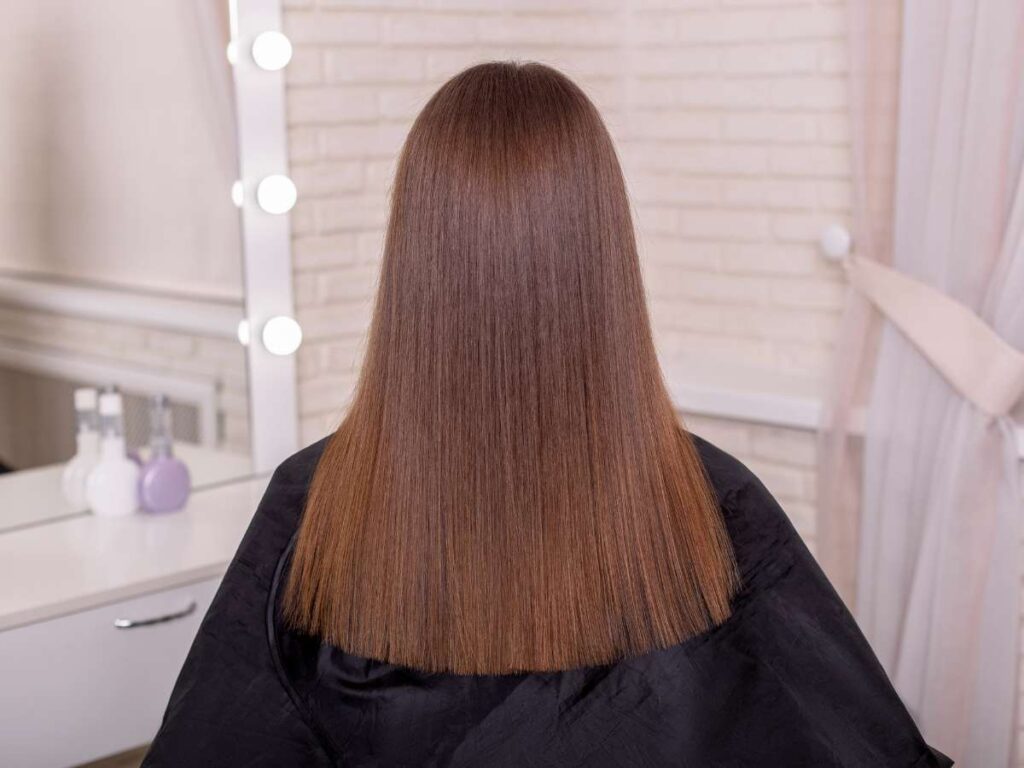
Wavy Hair
This is the in-between type that often deals with frizz but also craves definition. I find that moderate moisture combined with humectants like glycerin and nourishing oils helps bring out its natural waves without weighing it down. A well-balanced formula keeps it looking effortlessly styled.

Curly Hair
Curls have a personality of their own, and they demand deep hydration and structure.Based on my gathered research, it is better to incorporate butters, plant oils, and protein-rich conditioners to keep curls defined and bouncy while preventing breakage. The key here is to maintain the right moisture-to-protein ratio.
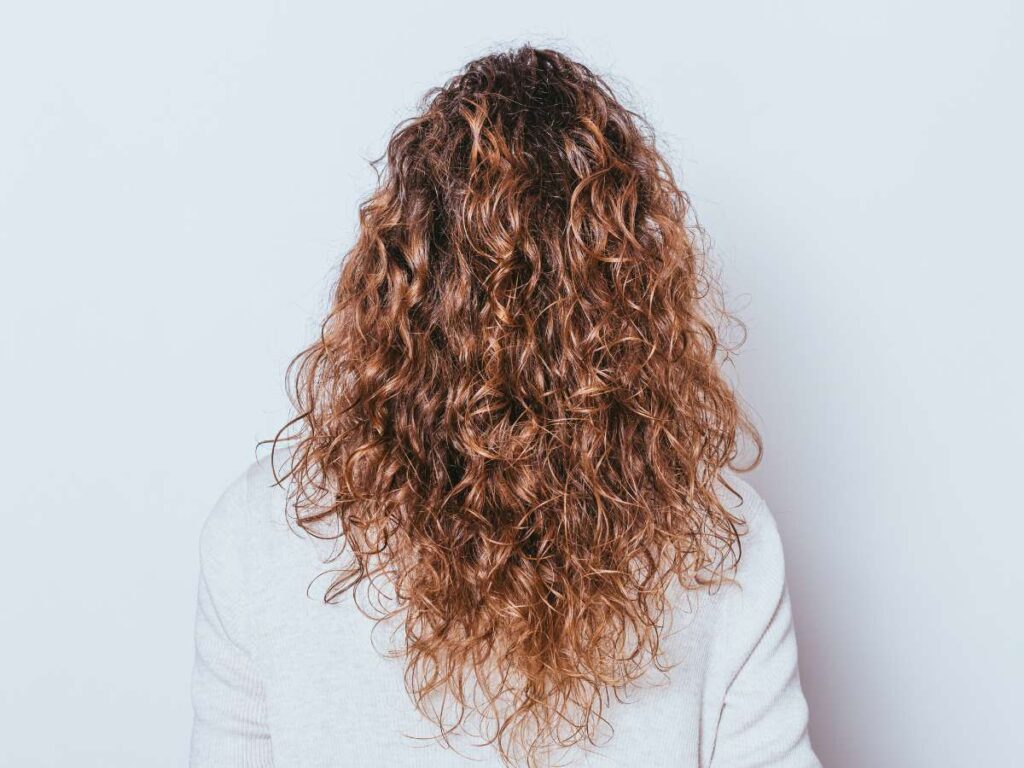
Coily/Kinky Hair
When formulating for this hair type, I know moisture retention is king. Heavy creams, rich butters, and sulfate-free cleansers are essential to lock in hydration and prevent breakage. The goal is to keep curls healthy and strong without causing buildup.
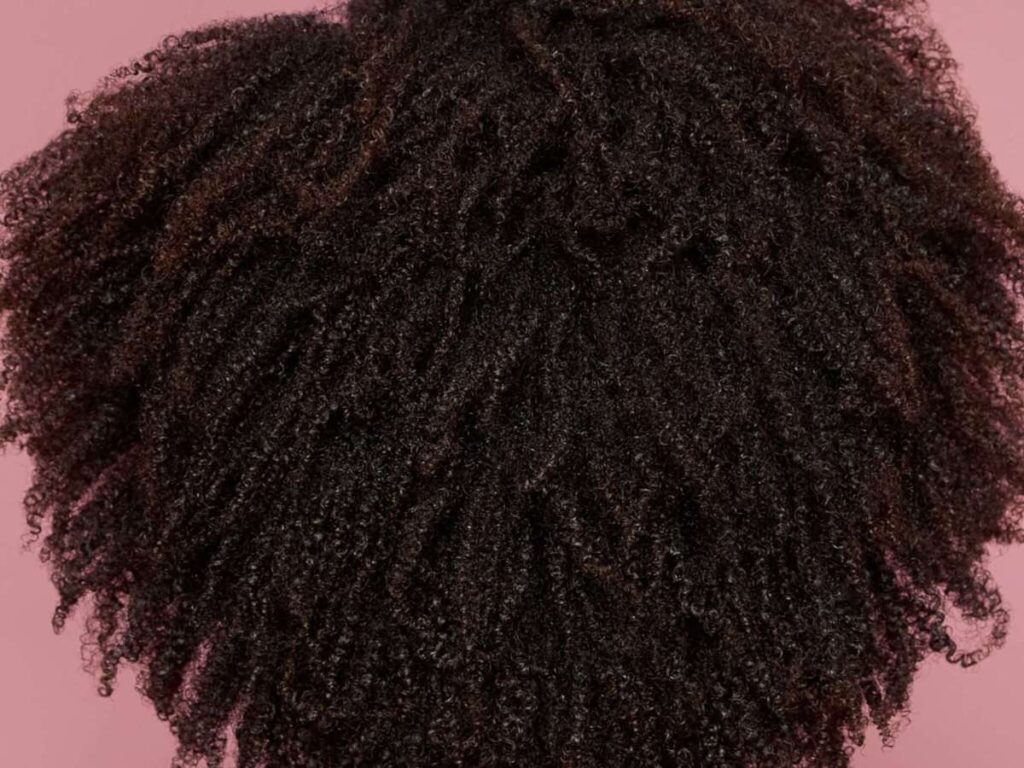
Color-Treated Hair
Hair that has been dyed or chemically treated is often fragile and requires extra care. Make sure formulations include color-safe, sulfate-free cleansers, along with UV protectants and deep-conditioning ingredients to maintain vibrancy and reduce damage.
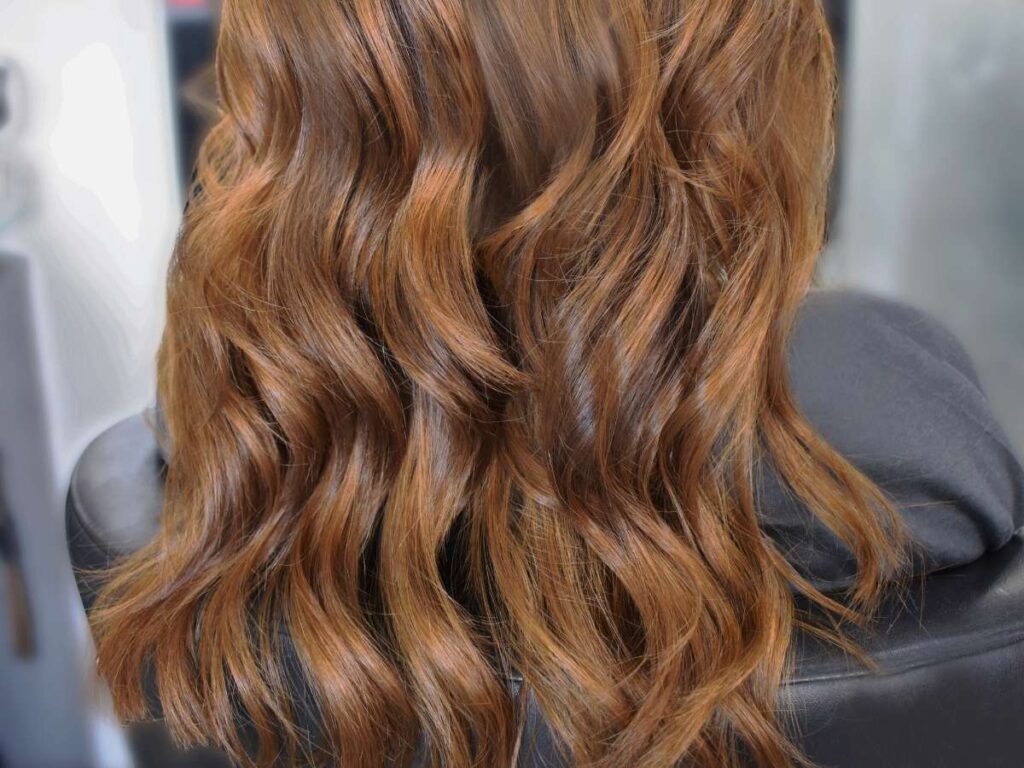
Fine or Thinning Hair
This hair type requires volume without buildup. Use lightweight proteins, biotin, and scalp-stimulating ingredients like caffeine to encourage growth and give the hair a fuller appearance. Overloading with heavy ingredients can make it look flat, so balance is key.
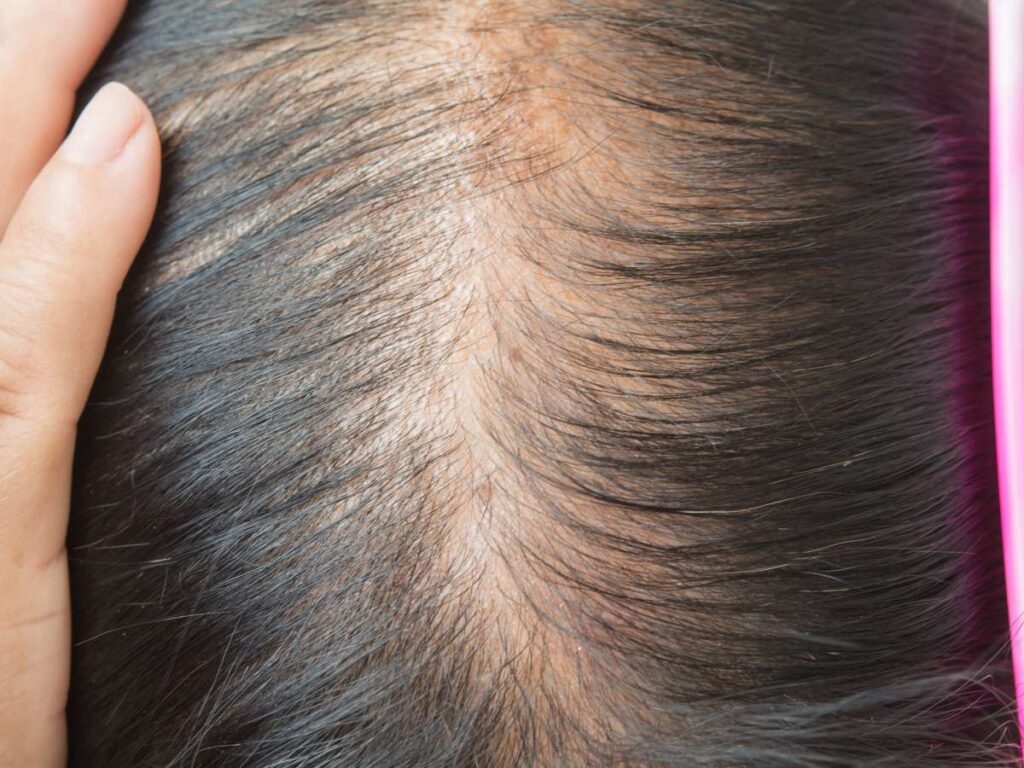
5. Common Challenges in Hair Care Formulation
Formulating hair care products requires balancing efficacy, stability, sensory appeal, and regulatory compliance. Hair care brands and manufacturers often face technical and consumer-driven challenges that impact product development. Here are some of the most common challenges in hair care formulation and strategies to overcome them:
| Challenge | Description | Solution |
| Achieving the Right pH Balance | Incorrect pH can lead to hair damage, frizz, and scalp irritation. | Maintain a pH of 4.0–6.0 using citric acid or sodium lactate. |
| Maintaining Ingredient Stability | Active ingredients like botanical extracts and proteins degrade over time. | Use emulsifiers, encapsulation technology, and stabilizers like xanthan gum. |
| Sulfate-Free & Silicone-Free Formulation | Removing sulfates reduces foam, and eliminating silicones can affect smoothness. | Replace sulfates with mild surfactants and use conditioning alternatives. |
| Preventing Product Build-Up | Heavy oils, proteins, and silicones can accumulate, making hair look dull. | Incorporate water-soluble conditioning agents and chelating ingredients. |
| Enhancing Hair Strength & Preventing Breakage | Proteins can strengthen hair but may lead to stiffness and brittleness. | Use hydrolyzed proteins (0.5%-2%) and lipid-based ingredients for flexibility. |
| Achieving Consistent Foaming Without Sulfates | Sulfate-free formulas often lack rich lather and cleansing power. | Utilize mild foaming agents like decyl glucoside and foam boosters. |
| Developing Long-Lasting Fragrance Retention | Essential oils and natural fragrances dissipate quickly after application. | Apply fragrance encapsulation technology and fixatives for longevity. |
| Preventing Color Fading in Dyed Hair | Hair dyes fade due to UV exposure, heat styling, and harsh surfactants. | Use UV filters, color-protecting polymers, and gentle cleansing surfactants. |
| Ensuring Clean Beauty & Regulatory Compliance | Regulations restrict certain preservatives, parabens, and synthetic chemicals. | Ensure compliance with global regulations and use natural preservatives. |
6. Tips for Safe and Effective Hair Formulations
Creating safe and effective hair care formulations requires careful ingredient selection, stability testing, and compliance with industry standards. Here are essential tips to produce high-performance, consumer-friendly hair products:
Tip #1 Use Mild, Sulfate-Free Surfactants
Harsh sulfates like SLS (sodium lauryl sulfate) strip natural oils and can irritate sensitive scalps. Instead, use gentler surfactants like cocamidopropyl betaine, decyl glucoside, or sodium lauroyl sarcosinate for effective yet mild cleansing.
Tip #2 Incorporate Conditioning Agents
To keep your customers hair soft, smooth, and manageable, use conditioning ingredients such as behentrimonium chloride, hydrolyzed proteins, and plant-based oils. These help to detangle, reduce frizz, and enhance moisture retention.
Tip #3 Include Scalp-Friendly Ingredients
A healthy scalp is the foundation of strong, vibrant hair. Incorporate soothing and balancing ingredients like niacinamide, aloe vera, tea tree oil, and panthenol to support hydration and reduce irritation.
Tip #4 Balance Proteins and Moisture
Too much protein can make your customers hair stiff and brittle, while excessive moisture can leave it limp and weak. Use hydrolyzed keratin (0.5%-2%) in combination with humectants like glycerin or hyaluronic acid for an optimal balance.
7. Factors to Consider When Formulating Hair Products
Creating effective and market-ready hair care formulations requires a careful balance of ingredients, performance, stability, and consumer preferences. Here are the key factors to consider when developing hair products:
Product pH and Scalp Compatibility
The pH level of a hair care product plays a key role in scalp health and hair cuticle integrity. A pH between 4.0 and 6.0 helps maintain the hair’s natural acidity, reducing frizz and preventing cuticle damage. Additionally, adjusting pH with citric acid or sodium hydroxide ensures the formula remains gentle and effective for long-term use.
Ingredient Stability and Preservation
Stability is critical in hair formulations to prevent ingredient degradation and microbial contamination. Emulsifiers like cetearyl alcohol maintain consistency, while preservatives such as phenoxyethanol and sodium benzoate inhibit bacterial growth. Antioxidants like vitamin E protect oils from oxidation, extending product shelf life and efficacy.
Fragrance, Sensory Appeal, and Texture
A well-formulated hair product must balance fragrance longevity, texture, and foaming performance. Encapsulated fragrances enhance scent retention, while lightweight silicones or natural oils improve texture without heaviness. Foam boosters such as lauryl glucoside refine the lather in sulfate-free shampoos, ensuring a pleasant and effective cleansing experience.
Conclusion
Creating the perfect hair care formulation is challenging, but with the right ingredients, process, and testing, it becomes achievable.
We understand the frustration of insufficient product functionality. At Ridgepole, we develop more effective haircare solutions tailored to various hair types, enhancing user experience for noticeable results.
So, are you ready to take your formulations to the next level?
Contact us today and let’s build products that perform—batch after batch.
Check Out These Additional Resources
If you’re searching for more choices, explore our full collection of products. We’ve picked out some great options for you:
Still haven’t found what you’re looking for? Don’t hesitate to contact us. We’re available around the clock to assist you.
Quick Quote
Own Your Private Label Cosmetic Line Is No Longer Difficult Here!





